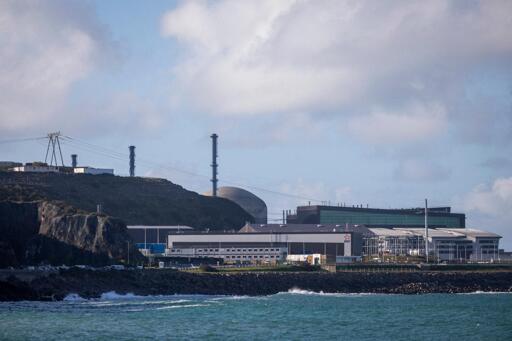Summary
France’s Flamanville 3 nuclear reactor, its most powerful at 1,600 MW, was connected to the grid on December 21 after 17 years of construction plagued by delays and budget overruns.
The European Pressurized Reactor (EPR), designed to boost nuclear energy post-Chernobyl, is 12 years behind schedule and cost €13.2 billion, quadruple initial estimates.
President Macron hailed the launch as a key step for low-carbon energy and energy security.
Nuclear power, which supplies 60% of France’s electricity, is central to Macron’s plan for a “nuclear renaissance.”



You’re not throttling between 0% output and 100% output, as that takes weeks or months, and instead throttling within a limited range at the upper end of the output power. Because a nuclear reactor puts out so much power compared to a combined cycle gas turbine, going down to 80% power has a comparable impact to totally shutting down a gas turbine. It doesn’t need to be instant to be used for dynamic load - throttling a gas turbine isn’t as it takes time for the heat exchanger to warm up or cool down after increasing or decreasing the fuel flow, and time for the first turbine to speed up or slow down after the flow of the Brayton-cycle coolant changes, and then more time for the second heat exchanger to heat up/cool down and more time for the Rankin-cycle turbine to speed up or slow down as the flow of steam changes, and only then is the new desired output power achieved.
Wikipedia puts the average emission time for delayed neutrons at fifteen seconds, which while ludicrously slow compared to a bomb, is really fast compared to the day-night cycle that represents most dynamic load variance in a country with plenty of renewables or heavy industry that doesn’t operate at night time, so there’s plenty of time for the power output to respond as long as you’re restricting the range that it’s operating in.